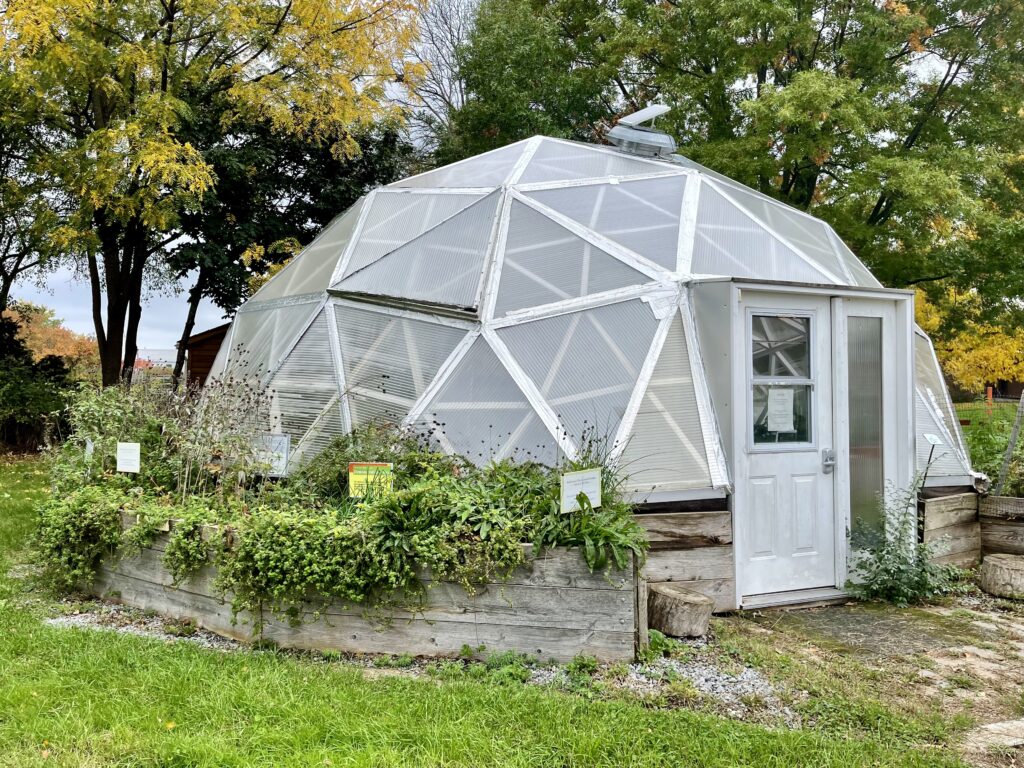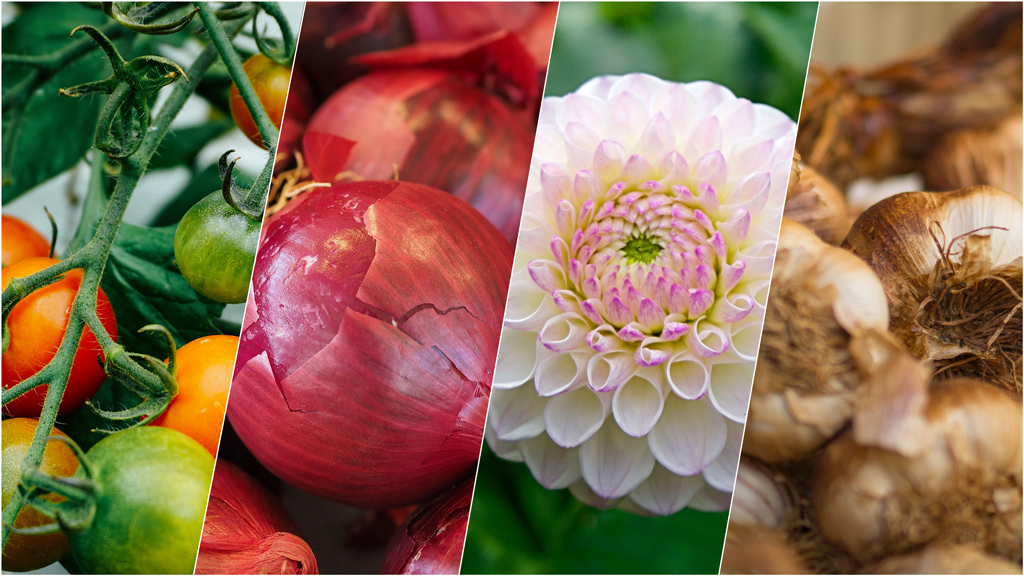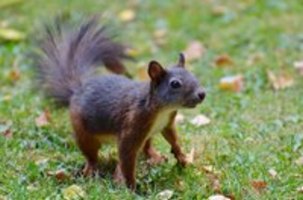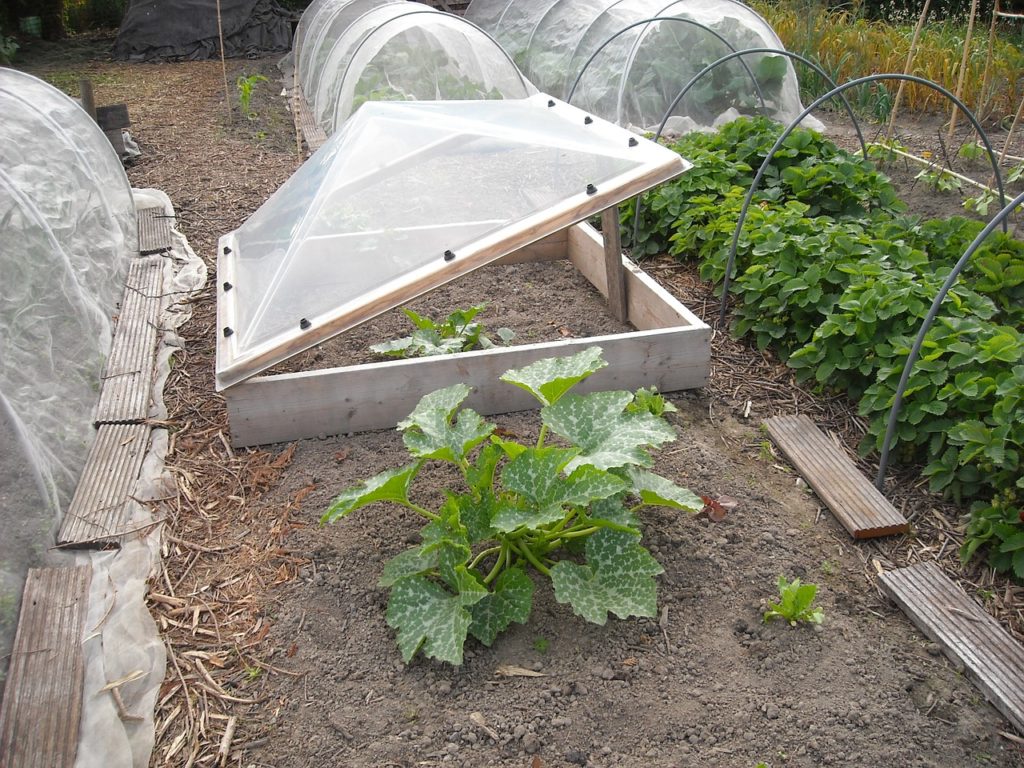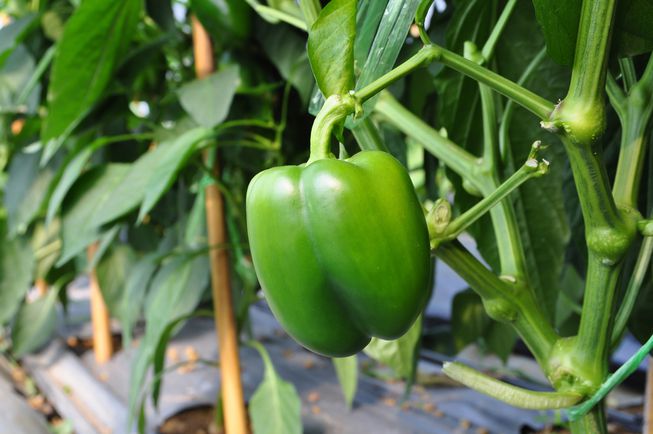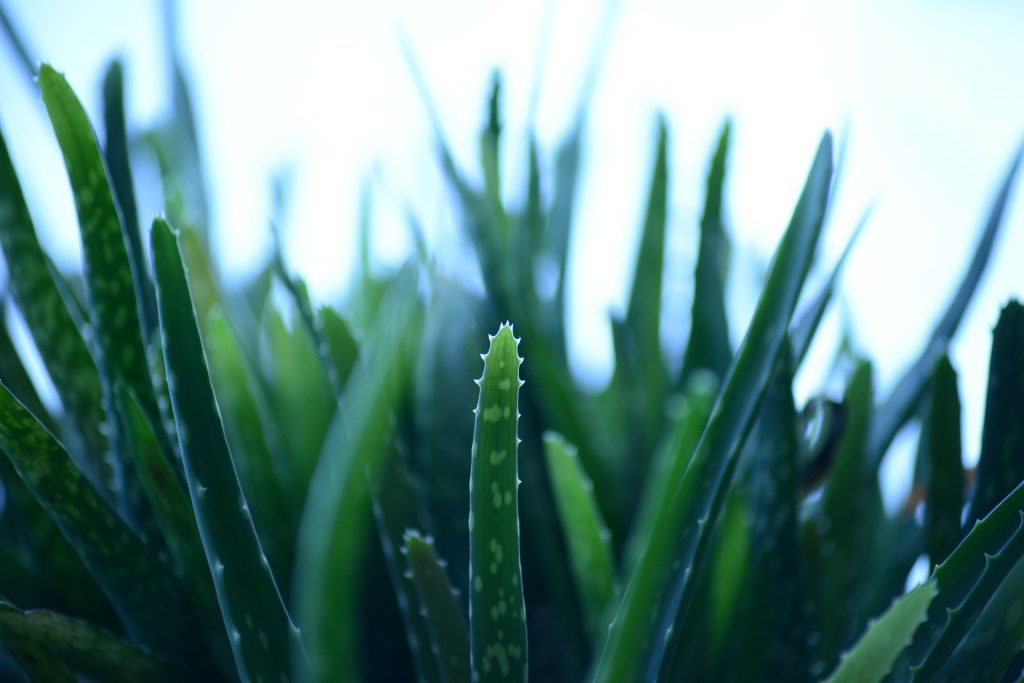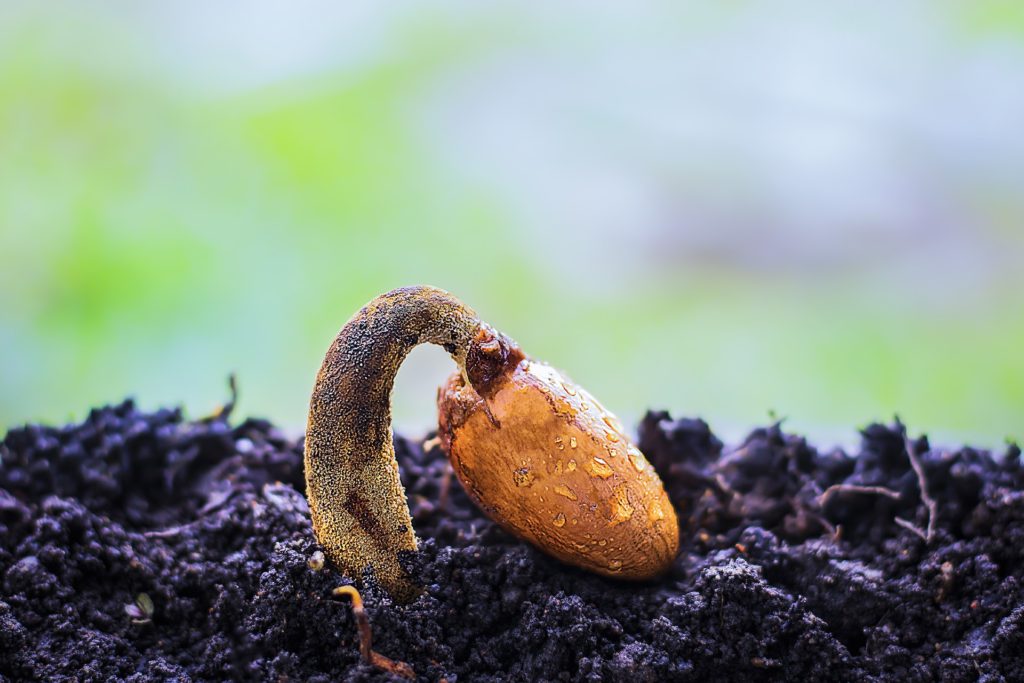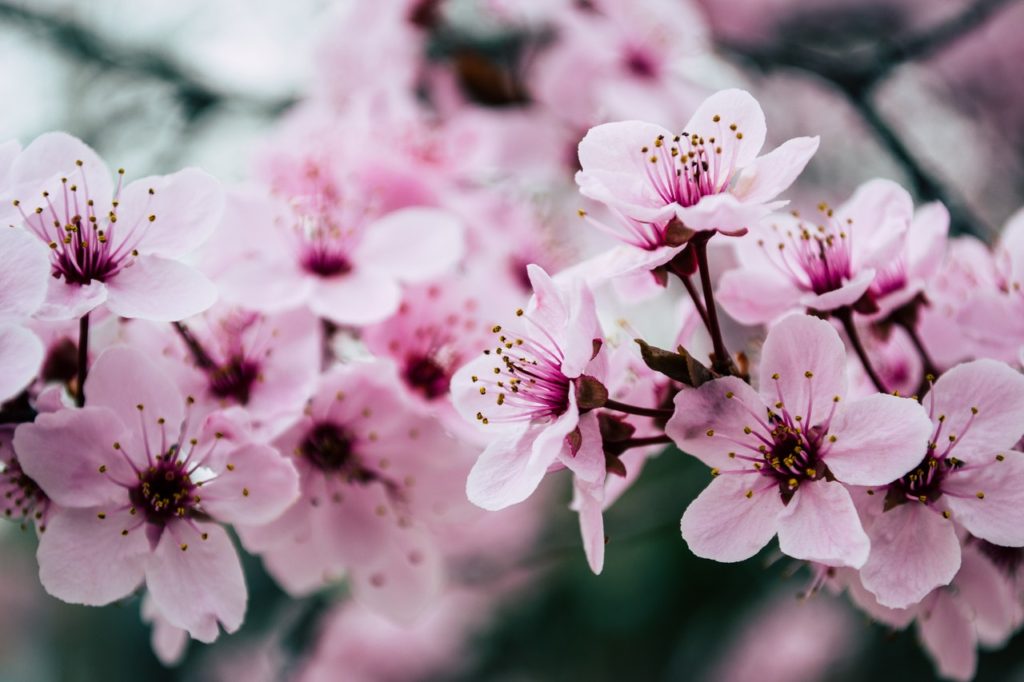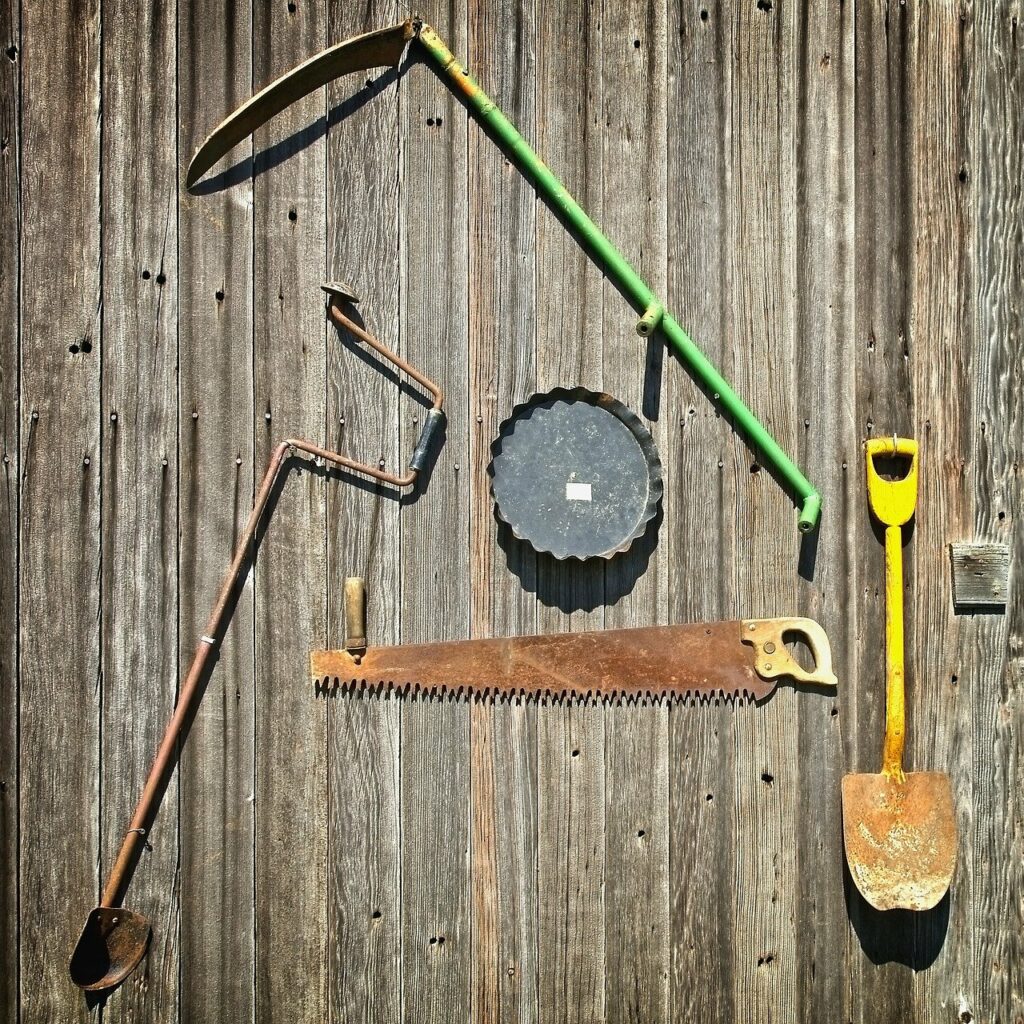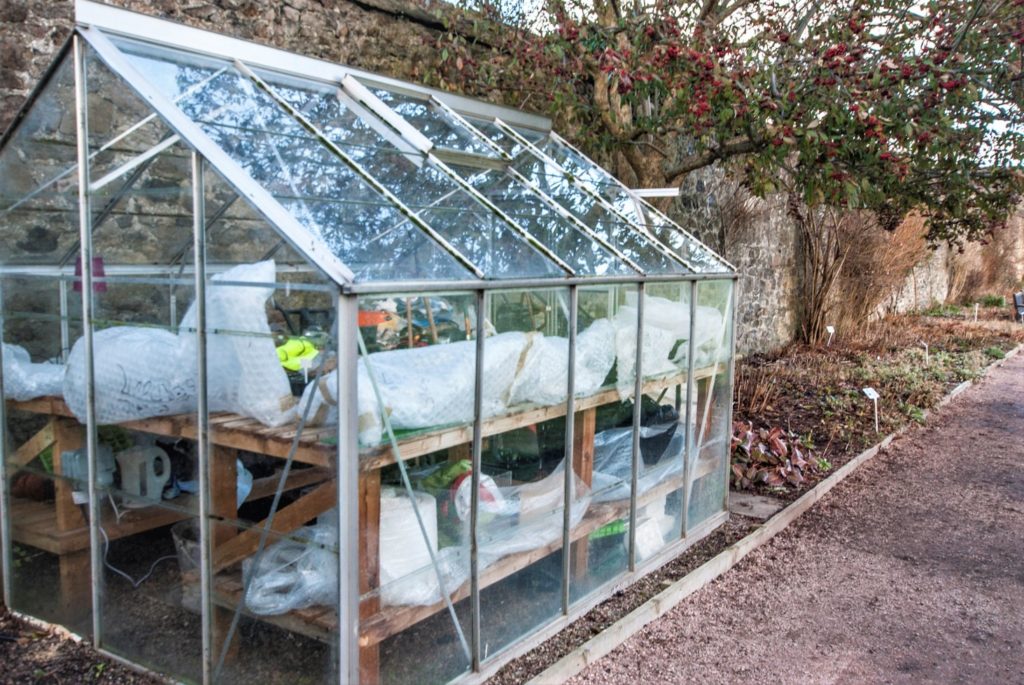
Growing under the cover of a greenhouse is a little different than traditional outdoor gardening. The sun will provide light and some heat, but as a greenhouse gardener, it’s up to you to give your plants everything else they need while serving as a pest and problem watchdog.
Greenhouse Growing- Plant Care
There are benefits to having complete control over the growing environment. It’s possible to provide exactly the right amount of moisture and nutrients. And unlike growing outside, you can control, or at least influence, the temperature.
To which I earn a small commission, at zero cost to you!
Find more info in our Privacy Policy.
As in the garden, the soil is very important. Make sure to use sterile, high-quality potting soil that drains well in the greenhouse.
A growing medium that holds too much water causes plant roots to suffocate. Seedlings and plants can rot at the soil line or crown, this is known as dampening-off. Lightweight potting soil allows plants roots better access to air.
Balanced Fertilizer
Regular feeding of balanced fertilizer is even more important in greenhouse gardening than in the outdoor garden. Topsoil microorganisms make nutrients for plants growing in the ground, but even when using potting soil with added fertilizer, nutrients are used up or washed out of the growing medium within a matter of weeks. When fertilizing seedlings, use a dilute mixture until the seedlings have grown for several weeks. (link to seed starting articles on your site?)
The Cleaner the Better
Because the greenhouse is an enclosed environment, good housekeeping increases your growing success. The organization of your growing spaces will also help reduce greenhouse-induced headaches down the road.
The cleaner the better is something my mom always said about pickling vegetables. The same goes for perspective life-long greenhouse growers, Instagram aesthetics might be your goal but it also reduces the problems of fungus and disease due to plant material lying around where these issues can spread. (ie. Downy mildew of basil)
Regularly inspecting your plants is the best method to prevent pest problems in the greenhouse.
Look under leaves and behind larger plants with pots that generate shade checking for insects or their eggs and remediate or discard any diseased plants. Remediate, as in removing them, from the greenhouse at the very least.
For overwintering of plants in the greenhouse gardening space closely inspect plants for signs of slugs or other insects. Spray plants with insecticidal soap if you suspect insects are present. Treat for slugs and snails.
Below are some of the products I use where necessary. Finding natural landscaping methods to control pests is the preferred product when possible. Greenhouse gardening spaces are enclosed environments so use any product sparingly.
Elements in the Greenhouse
Air Circulation
Another element of the outside world you need to bring in your greenhouse is wind. Air circulation cannot be stressed here enough, big high-velocity fans are not required, however steady air movement that reaches the corners and back of your greenhouse are essential.
Air circulation keeps the foliage, soil, and greenhouse surfaces dry. Fungus and disease prosper where there is moisture. A simple, gentle fan is enough to keep a slight breeze blowing.

Shade
On hot days, open the door and vent, and turn on the fan to help cool your greenhouse gardening. When using your greenhouse in summer, and to protect your plants during sweltering spells in spring and fall, the use of shade cloth will reduce the interior temperature significantly. Shade cloths are draped over the roof of the greenhouse.
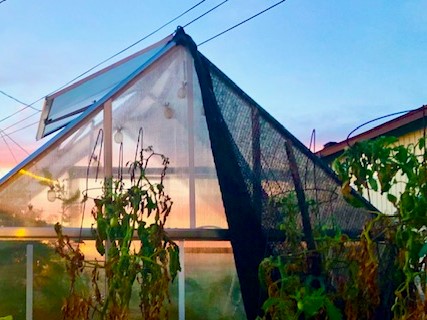
‘Clean and Tidy’ Organized Greenhouse Gardening
Finally, a clean and tidy organized greenhouse gardening space is important. Many issues can be avoided if you plan your greenhouse growing space.
Layout
Choose and layout benches and large pots so you have space to move around to inspect, feed and water the plants. Leave room for germination trays when filling the greenhouse in the fall.
Labeling
When starting seed, make sure and label each germination tray and each plant that you start. This will prevent wondering which plants are the bell peppers and which are the jalapenos come transplant time.
Journaling
Keeping a greenhouse journal can help you perfect growing under cover over time.

Feeding and Watering
Healthy plants can easily stand up to pests. Proper feeding and watering go a long way to avoiding problems. Plants that are stressed due to a lack of water and nutrients are more likely to fall prey to diseases.
Greenhouse gardening has a greater percentage of plant needs compared to gardening outside. You are Mother Nature inside the greenhouse.
Your Thoughts...
Please share your thoughts in the comments or reach out on social media...We would love to hear from you.Ultimately, the right greenhouse for you is one that you will use for a long period of time – one which meets your demands and fits in with your lifestyle.
Once you’re happy with your choice, read our guide on getting the most out of your new greenhouse. What works for some growers may not meet your requirements. More complex plans may be just up your alley, sometimes those plans can stifle success.
Grow smart, not hard! Gardening advocates advise that you start with a basic, greenhouse structure like a pop-up greenhouse so you can get the hang of your new plant responsibilities.
The full-size challenges of Backyard Greenhouse gardening await! If you’re looking for more in-depth greenhouse reviews or comparisons, click here to check out the top reviews.

